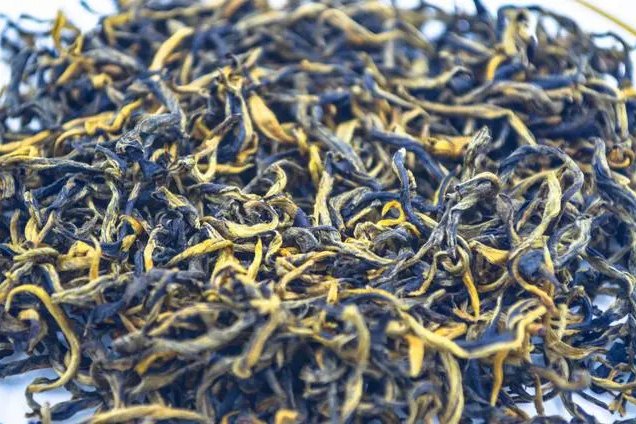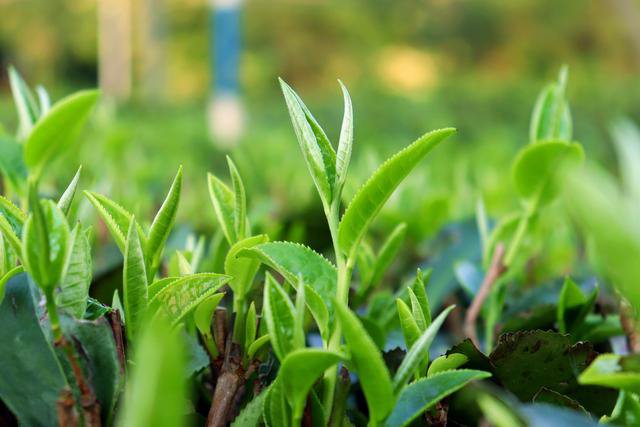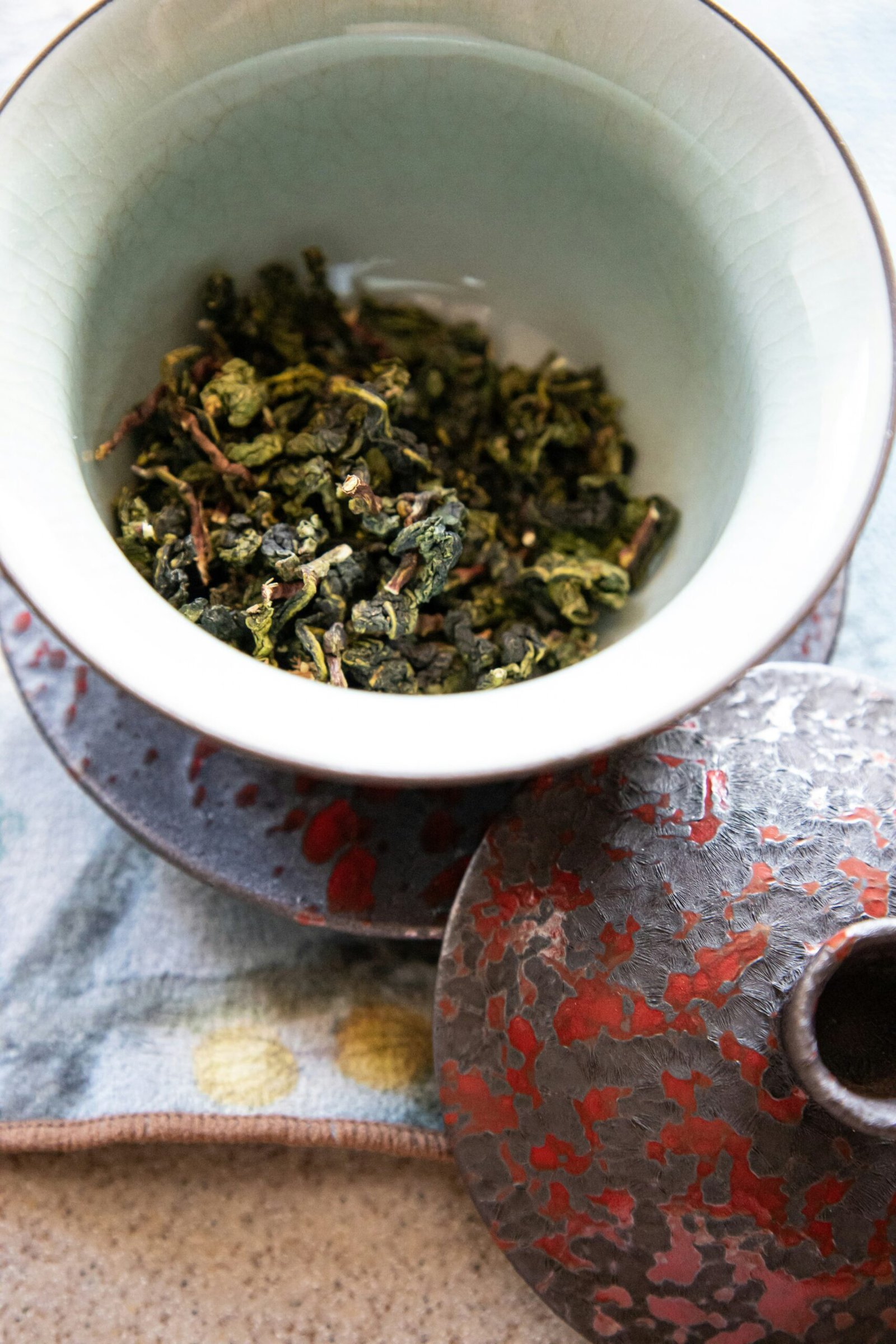Introduction to Chinese Black Tea
Chinese black tea, known as “hong cha” in Mandarin, holds a distinguished place in both the history and culture of China. Black tea is fully oxidized, which results in its robust flavor and dark color, setting it apart from other varieties of tea. The production process for Chinese black tea is characterized by a unique series of steps including withering, rolling, oxidizing, and drying. These meticulous methods contribute to the tea’s depth of flavor and complexity, characteristics that are especially pronounced in varieties originating from various regions across China.
One notable aspect of Chinese black tea is its rich historical significance. Dating back to the Tang Dynasty (618-907 AD), black tea has not only been a beverage but also a cultural symbol representing hospitality and social etiquette. As trade routes expanded, so did the popularity of black tea beyond Chinese borders. Countries worldwide began to import this esteemed beverage, further enriching its cultural narrative and establishing its position as a staple in global tea markets.
The flavor profiles of Chinese black tea are varied, ranging from malty and sweet to smoky and astringent, often influenced by the region and specific processing techniques. For example, Yunnan black tea is renowned for its earthy undertones, while Keemun black tea presents a unique floral aroma. Furthermore, the health benefits associated with black tea are well-documented; it is rich in antioxidants and has been linked to enhanced heart health, improved digestion, and increased mental alertness.
As we delve deeper into the world of famous Chinese black teas, the diverse characteristics and profound significance of this beverage will become even more apparent, illustrating why it continues to captivate tea enthusiasts worldwide.
Top Recommended Chinese Black Teas
Chinese black tea, known for its rich flavors and historical significance, encompasses a variety of esteemed types that are celebrated both domestically and internationally. Among the most distinguished is Dian Hong, or Yunnan Black Tea, which originates from the Yunnan province. Renowned for its golden tips and robust flavor profile, it offers a smooth and slightly sweet experience complemented by notes of chocolate and honey. To brew Dian Hong, steep the tea leaves at a temperature of 90-95°C (194-203°F) for about 3-5 minutes. This tea pairs exquisitely with savory dishes such as roasted meats or dark chocolate desserts.
Another renowned option is Keemun Black Tea, hailing from the Qimen county in Anhui province. This tea is often appreciated for its unique floral aroma, hinting at fruit and malt undertones, making it a favorite among black tea connoisseurs. Brewing Keemun requires water at a temperature of around 85-90°C (185-194°F), with an infusion time of 3-4 minutes. It complements food well, making it an excellent pairing with breakfast items, particularly scones or pastries, enhancing their flavors with its subtle sweetness.
Lapsang Souchong is another significant variety, originally from the Wuyi Mountains in Fujian province. Known for its distinctive smoky flavor, this tea undergoes a special drying process over pinewood fires. The result is a full-bodied tea with rich, resinous undertones. To brew Lapsang Souchong, use water heated to about 90-95°C (194-203°F), steeping for 3-5 minutes. This bold tea pairs wonderfully with stronger flavors, such as grilled meats, barbecued dishes, or dark chocolate, making it a perfect choice for a robust afternoon tea experience.
Brewing Chinese Black Tea
Brewing Chinese black tea requires attention to detail to fully appreciate its rich flavor and aroma. The first key element is water temperature; ideally, it should be between 200°F to 212°F (93°C to 100°C). This high temperature extracts the essential oils and flavors embedded in the tea leaves. Using soft or filtered water is also recommended, as it allows for a cleaner taste, ensuring that the tea’s natural qualities shine through.
When it comes to steeping time, the general guideline is between 3 to 5 minutes, depending on the specific type of Chinese black tea you are using. For instance, more robust varieties like Lapsang Souchong may benefit from a slightly longer steeping time, while lighter ones like Keemun may require less. It is essential to taste the tea as it brews to find the perfect balance that suits your palate. Over-steeping can lead to bitterness, so monitoring the time is crucial for the optimal flavor profile.
Choosing the Right Teaware
The choice of teaware can significantly enhance the experience of drinking Chinese black tea. Traditional Yixing clay teapots or delicate porcelain teapots retain heat well, facilitating even brewing. Additionally, using a gaiwan (lidded bowl) can also provide an excellent vessel for steeping smaller amounts of tea, allowing for multiple infusions. The beauty of the teaware can elevate the tea-drinking ritual, adding an aesthetic value that complements the beverage itself.
Enjoying Chinese Black Tea
To fully savor the experience, consider serving your brewed tea in small cups, allowing for a shared experience among friends or family. Pair your black tea with light snacks, such as biscuits or fruit, which can enhance the overall enjoyment. Furthermore, Chinese black tea is renowned for its potential health benefits, including improved digestion and antioxidant properties. These aspects combined allow for a richer and more engaging tea experience, fostering a deeper appreciation for this esteemed beverage.
The Cultural Significance of Black Tea in China
Black tea, known as “hong cha” in Mandarin, has long held a prominent place in the cultural fabric of China. Its history dates back centuries, with origins rooted in the ancient tea-drinking traditions that began during the Tang dynasty. Initially valued for its medicinal properties, Chinese black tea has evolved into a cherished beverage enjoyed across various social contexts. It symbolizes hospitality and is often served to guests, reflecting the Chinese value placed on respect and warmth in interpersonal relationships.
Throughout China’s rich history, black tea has been intertwined with various ceremonies and social rituals. One prominent example is the traditional Chinese tea ceremony, where the preparation and presentation of tea demonstrate respect for the ingredients and the guests. This intricate ritual varies in style and significance across different regions, but it invariably highlights the importance of black tea in fostering connections among individuals. In many areas, drinking black tea is also an integral part of family gatherings, celebrations, and business meetings, reinforcing the beverage’s role as a conduit for communication and bonding.
In modern society, the perception of Chinese black tea continues to evolve. While traditional tea culture remains strong, contemporary trends have emerged, leading to a fusion of traditional practices with innovative approaches. As global interest in tea expands, younger generations increasingly embrace both the artistry of brewing and the health benefits attributed to black tea. Furthermore, tea shops and specialty cafes have proliferated, promoting a diverse array of black tea varieties. This dynamic interplay between tradition and modernity illustrates how black tea not only reflects Chinese identity but also adapts to contemporary lifestyles, serving as a bridge between the past and present.













